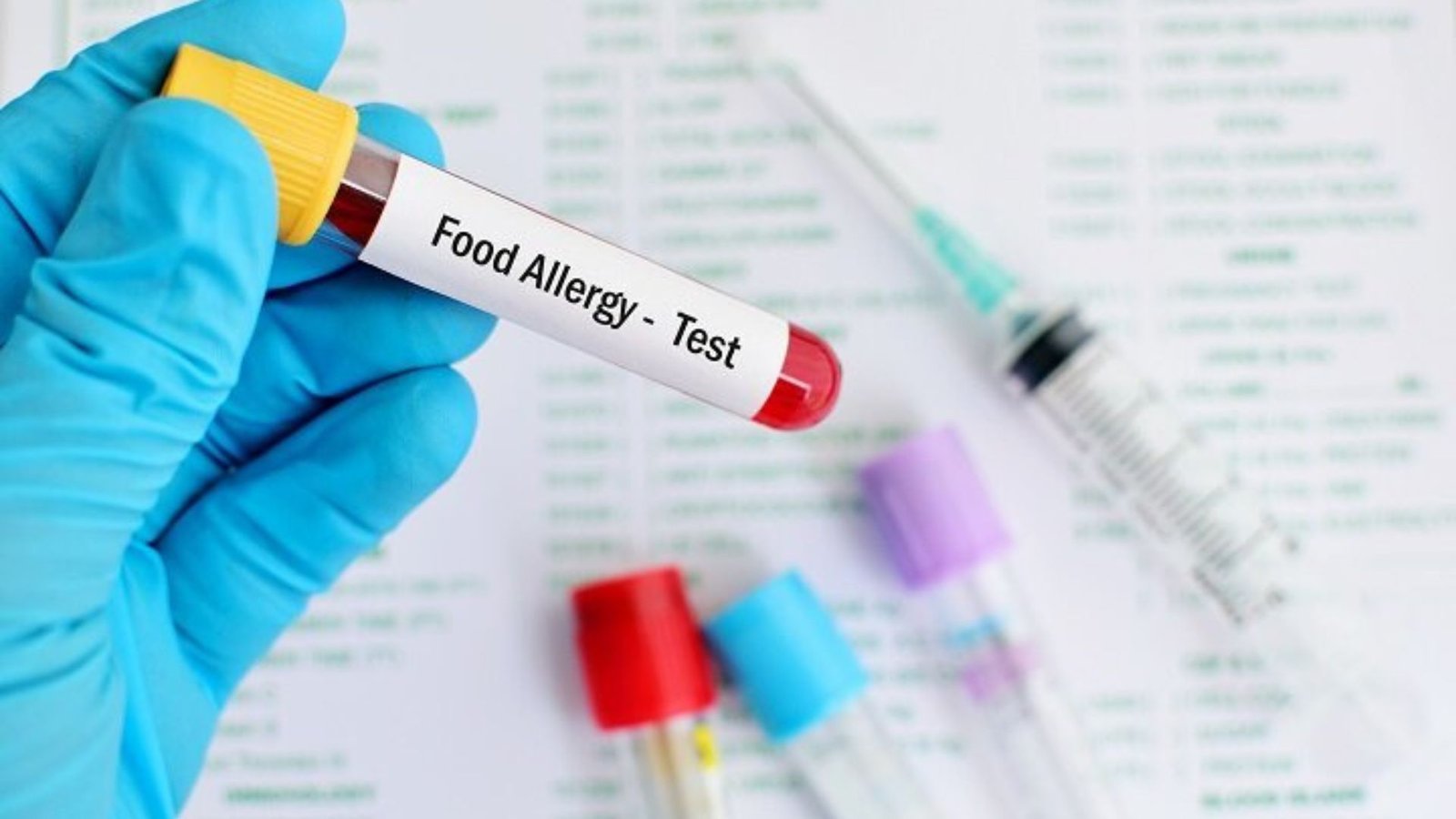Food allergies have become a significant concern in schools, as more students are diagnosed with conditions like nut, dairy, egg, and gluten allergies. In some cases, these allergies can trigger severe reactions, such as anaphylaxis, which can be life-threatening if not promptly managed. Schools have a responsibility to provide a safe environment for all students, including those with food allergies. With the right protocols in place, schools can help minimize the risk of allergic reactions and ensure students stay safe while learning.

Creating a Comprehensive Food Allergy Policy
The foundation of a school’s approach to food allergy safety is a clear, detailed policy that outlines the steps to be taken to prevent allergic reactions. These policies should address:
- Identification of students with food allergies: Schools must have a system for identifying students with food allergies, including maintaining up-to-date medical records and lists.
- Communication with parents: Regular communication between parents and school staff helps ensure all parties are aware of the allergy management plans and any changes to a student’s condition.
- Risk reduction strategies: Policies should define procedures for reducing allergen exposure, such as designated allergy-free zones and avoiding high-risk foods in classrooms.
Why it’s important: A comprehensive policy helps ensure that both staff and students are aware of allergies and the necessary precautions, creating a safer school environment.
Individualized Allergy Action Plans
Each student with a known food allergy should have an individualized allergy action plan (AAP) created in collaboration with their parents, school nurses, and healthcare providers. These plans should include:
- Details of the student’s allergies: The specific allergens that pose a risk, along with symptoms of an allergic reaction.
- Emergency response protocols: Clear instructions on how to respond to an allergic reaction, including when to administer medication like an EpiPen (epinephrine) and when to call for medical help.
- Special accommodations: Any necessary changes to the school environment, such as seating arrangements or snack policies, to minimize the risk of exposure.
Why it’s important: An individualized plan ensures that every student’s unique needs are addressed, and all school personnel are prepared to act in an emergency.
Staff Training and Awareness
Proper training for school staff is essential in managing food allergies. This training should be mandatory for all employees, including teachers, cafeteria staff, bus drivers, and custodians, so they understand the risks and know what to do in case of an allergic reaction. Key areas of training include:
- Recognizing signs of an allergic reaction: Staff should be educated on how to spot early symptoms of an allergic reaction, including hives, swelling, difficulty breathing, or stomach cramps.
- Proper use of epinephrine auto-injectors (EpiPens): Teachers and staff should be trained in how to use an EpiPen in the event of an anaphylactic reaction.
- Understanding school allergy policies: All staff should be familiar with the school’s allergy policies, including food-related restrictions and emergency protocols.
Why it’s important: Well-trained staff can quickly identify and respond to an allergic reaction, significantly improving the chances of preventing a severe outcome.
Allergy-Safe Zones and Special Meal Accommodations
Many schools designate specific areas for students with food allergies to help limit exposure to allergens. These can include:
- Allergy-free tables: Cafeterias may set aside tables or areas where only safe foods are allowed, reducing the likelihood of cross-contamination.
- Food-free classrooms: Some classrooms may implement a “no food” policy to prevent exposure to allergens, particularly if a child has severe food allergies.
In addition to physical spaces, schools may also provide special meal accommodations for students with food allergies. This includes offering allergen-free meals or snacks that meet dietary restrictions, or allowing parents to provide their own food from home.
Why it’s important: Creating designated areas and meal accommodations reduces the risk of allergic reactions and ensures that students with food allergies can participate in school activities safely.
Conclusion
Schools take several steps to ensure the safety of students with food allergies. From creating comprehensive allergy policies and providing individualized action plans to offering allergen-free meal options and promoting allergy awareness, schools are working to reduce the risk of allergic reactions. Through effective training, clear communication, and supportive environments, schools can provide a safe and inclusive space for all students, regardless of their food allergies. By working together, school staff, parents, and students can ensure that allergies are managed appropriately, and every child has the opportunity to thrive in a secure environment.











